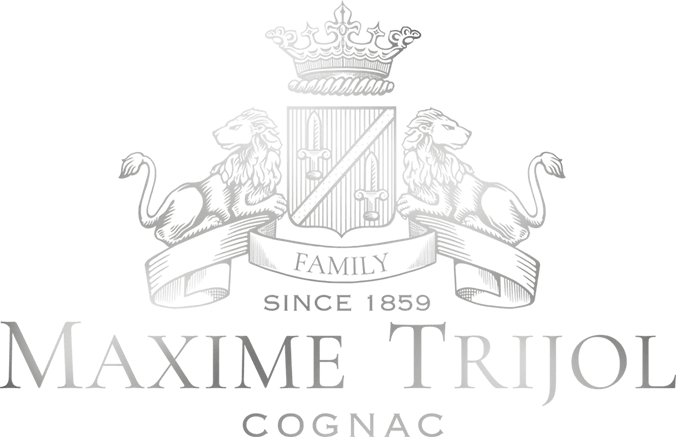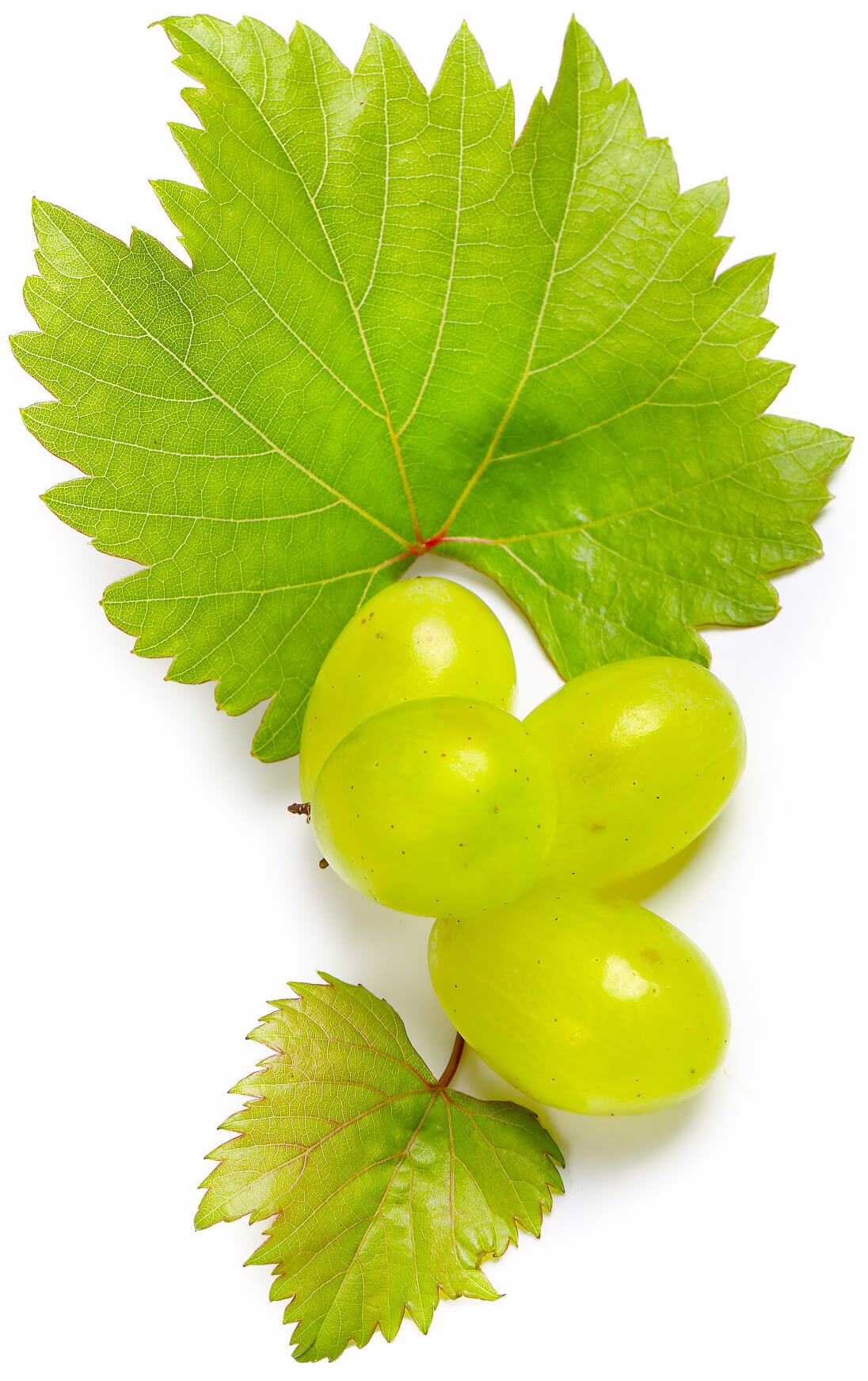To experience this site you must be of legal drinking age within your country of residence.

distillation
JOURNEY THROUGH A COGNAC STILL
The relentless quest for ever-improved quality
begins and ends in our 22 stills.
Always striving for evolving perfection.


The Art of Distillation
From ageing to blending, it is all a quest for balance, when crafting Maxime Trijol Cognacs from nature’s fruits.
Everything starts in the vines at harvest time. Then comes pressing and fermentation. After fermenting for
5 to 7 days
the wine is transferred to the stills for a first distillation.
For a Cognac to bear the appellation label, its distillation must meet the deadline of the 31st March. It must also be double distilled.
Maxime Trijol distils its wines on the lees to improve the quality of its cognacs.
From fire to the eaux de vie
From fire to the eaux de vie
2 4 hours
The distillation cycle
Since Cognac was first made, distillation has always been carried out in the same pot stills.
The 24-hour distillation cycle relies heavily on the expertise of the distiller, who by making choices during the process can start building the personality of the cognac.
"brouillis"
The first distillation produces a distillate called “brouillis”, which has an alcohol content by volume of around 28 to 32%. The brouillis is then put into boilers for a second distillation, called “la bonne chauffe” (the proper warming).
The heart
The distiller then carries out a skilful operation called “cutting”, which consists in separating the first vapours to rise, called the “heads”, which are very alcoholic. Then comes the “heart”, which is a clear, transparent spirit that will be used to produce cognac.
The cognac
is then aged in casks made of French oak. The quality of the barrels and the selection of the oak they are made of are crucial for the ultimate characteristics of the cognac.
A long, slow exchange of flavours takes place as the cognac ages, sometimes for decades. Over time the cognac is indirectly in contact with the surrounding air through the natural pores of the oak.
La part des anges
evaporates from the barrels during the long ageing period.
BLENDING
This is a highly refined art, which enables each House to ensure the quality of its cognacs. Different crus and cognacs of varying ages are meticulously mixed together to achieve the level of perfection sought that is to be expressed in the drinker’s glass.